
The Atlas of Emotions Emotions, The atlas, Visual map
The Atlas of Emotions is also an invaluable tool for individuals seeking to better understand their own emotions. By recognizing and identifying the emotions they are experiencing, individuals can develop greater emotional intelligence and better manage their emotions. This can lead to improved mental health and greater overall well-being.
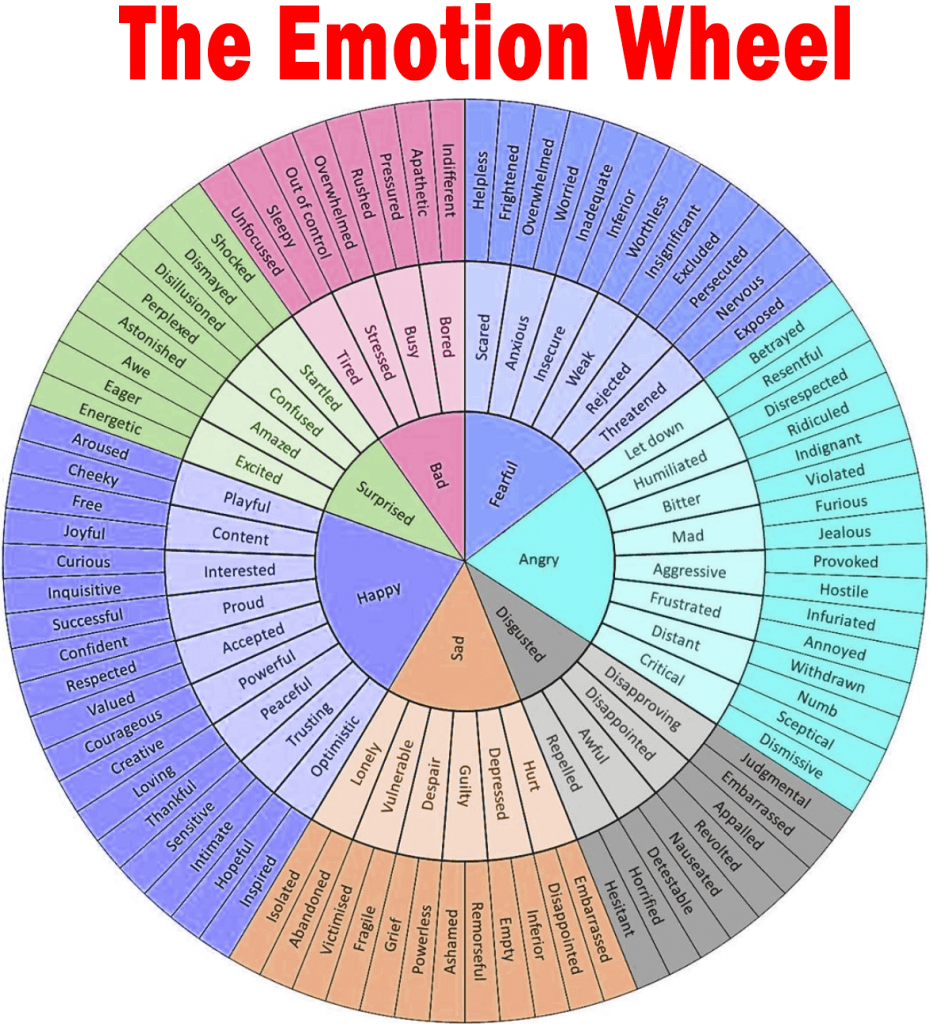
The Emotion Wheel [Images + How to Use It] Practical Psychology
The Atlas of emotions was created to illuminate the path to that.' In 2014, Dalai Lama asked Ekman to create a map of emotions, hoping that such a map could help people make their experiences more constructive. As a first step, a survey was carried out among 149 scientists (emotion scientists, neuroscientists and psychologists who are published.

The Atlas of Emotions for the Dalai Lama & Paul Ekman Stamen
Exploring emotions as social phenomena among Canadian varsity athletes* Katherine A. Tamminen a, *, Tess M. Palmateer a, Michael Denton a, Catherine Sabiston a, Peter R.E. Crocker b, Mark Eys c, Brett Smith d a Faculty of Kinesiology & Physical Education, University of Toronto, Canada b School of Kinesiology, The University of British Columbia, Canada c Departments of Kinesiology/Physical.
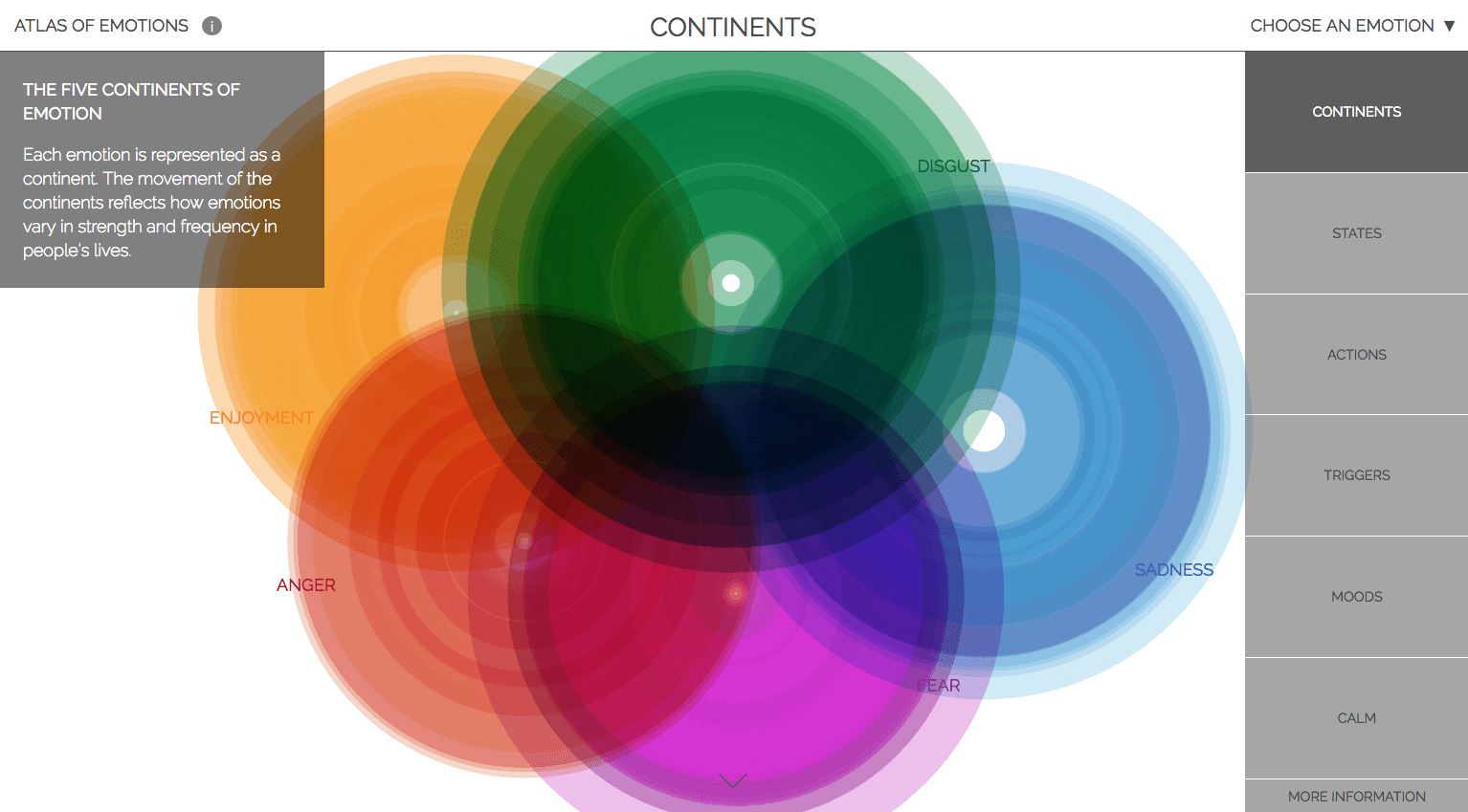
Atlas of Emotions Map of Emotions Paul Ekman Group
Map of emotions May 10, 2016 Map of Emotions I am pleased to announce the launch of our newest project, the Atlas of Emotions: www.atlasofemotions.com. The Atlas was featured on Saturday in the New York Times.
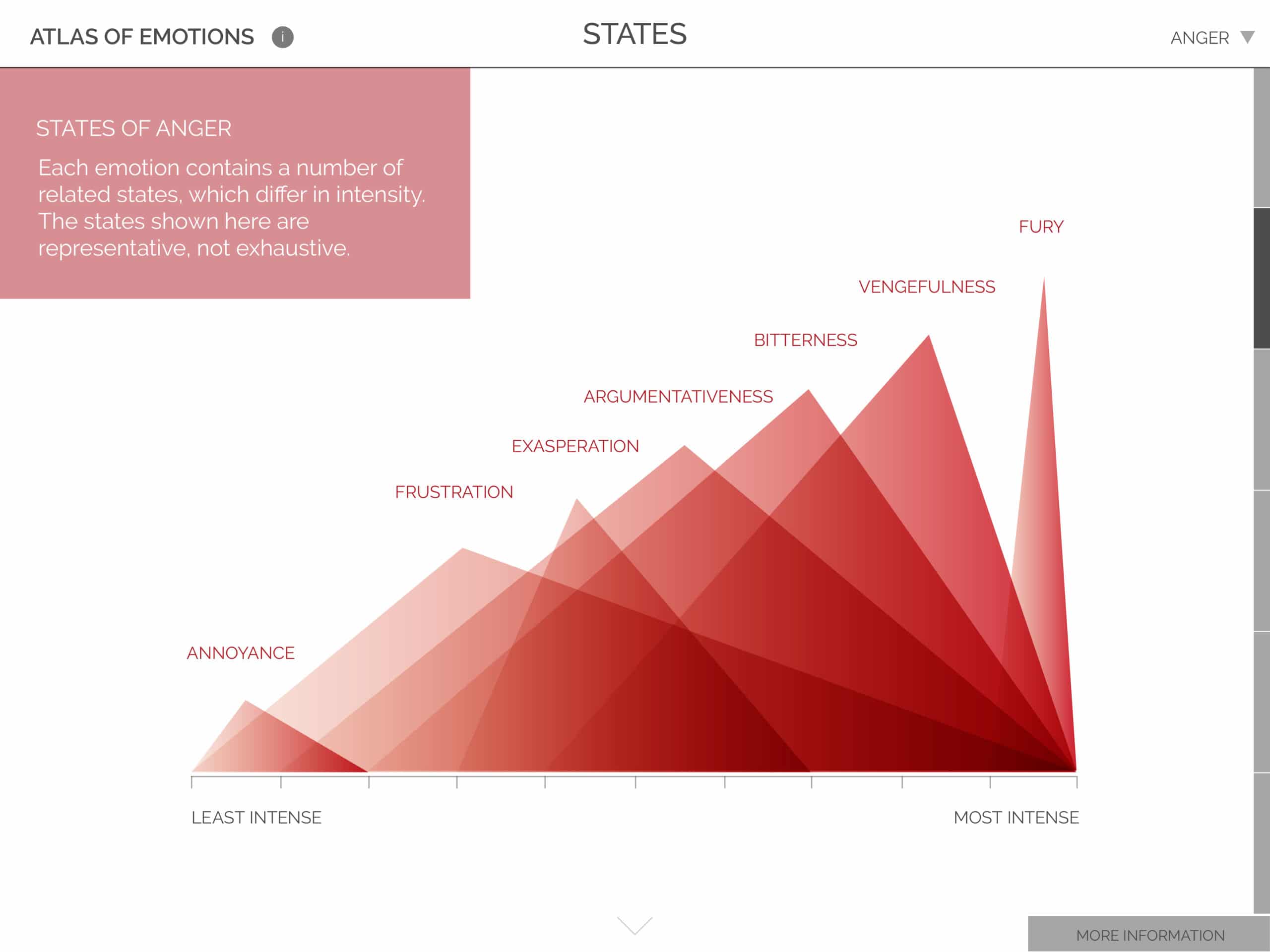
The Atlas of Emotions for the Dalai Lama & Paul Ekman Stamen
The Atlas was featured on Saturday, May 7, in the New York Times. The Dalai Lama said that we needed a map to get to the new world and asked whether I could create a map of the emotions, to get a.
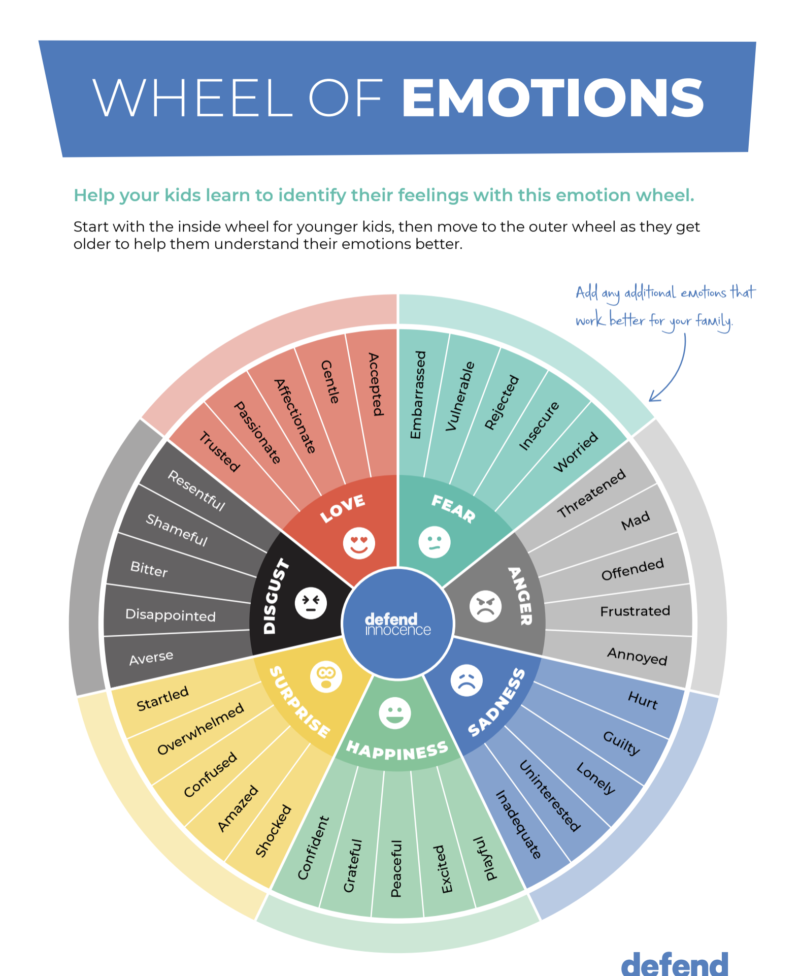
Wheel of Emotions MindPeace
The Atlas of Emotions is an interactive tool that builds your vocabulary of emotions and illuminates your emotional world. The goal of the Atlas of Emotions is to help us be aware of our emotions in order to attain peace and happiness. Paul Ekman is a well-known psychologist and co-discoverer of micro expressions. He was named one of the 100.

In the 1980, Psychologist Robert Plutchik developed a theory of emotions. This wheel is used to
(Visit: http://www.uctv.tv/) For the past several years, UCSF Osher Center for Integrative Medicine Research Fellow Dr. Eve Ekman has been collaborating with her father, Dr. Paul Ekman, and the.
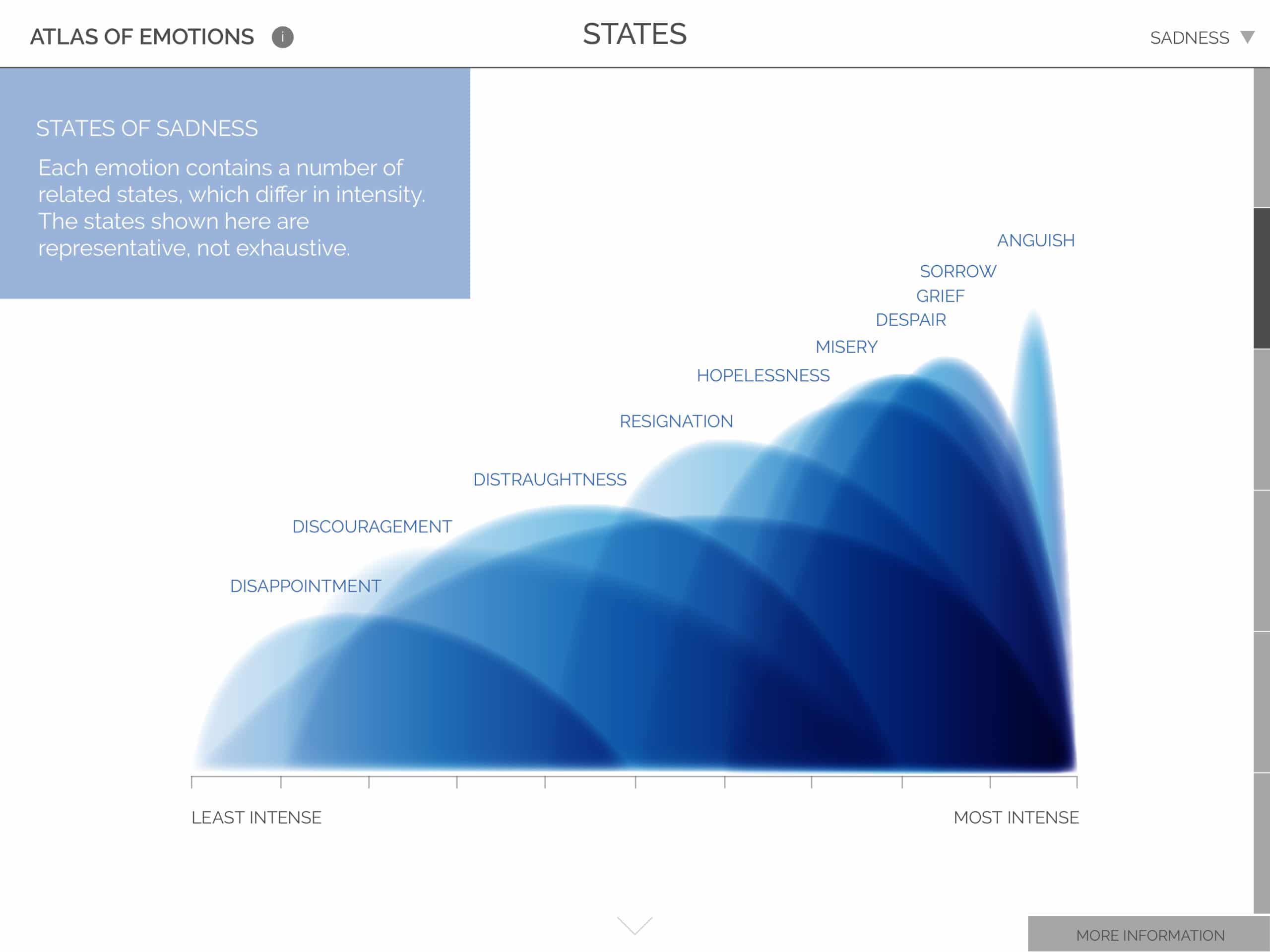
The Atlas of Emotions for the Dalai Lama & Paul Ekman Stamen
Universal Facial Expressions Dr. Ekman travels to Papua New Guinea to study the nonverbal behavior of the Fore people. He chose these people as they were an isolated, Stone Age culture located in the South East Highlands. Ekman's research provided the strongest evidence to date that facial expressions are universal. Dr. Ekman in New Guinea 1970's

The Atlas of Emotion is a tool to help people better understand what emotions are, how they are
The Dalai Lama paid Dr. Ekman at least $750,000 to develop the project, which began with a request several years ago. " 'When we wanted to get to the New World, we needed a map,' " Dr. Ekman recalled the Dalai Lama telling him. " 'So make a map of emotions so we can get to a calm state.'. ".
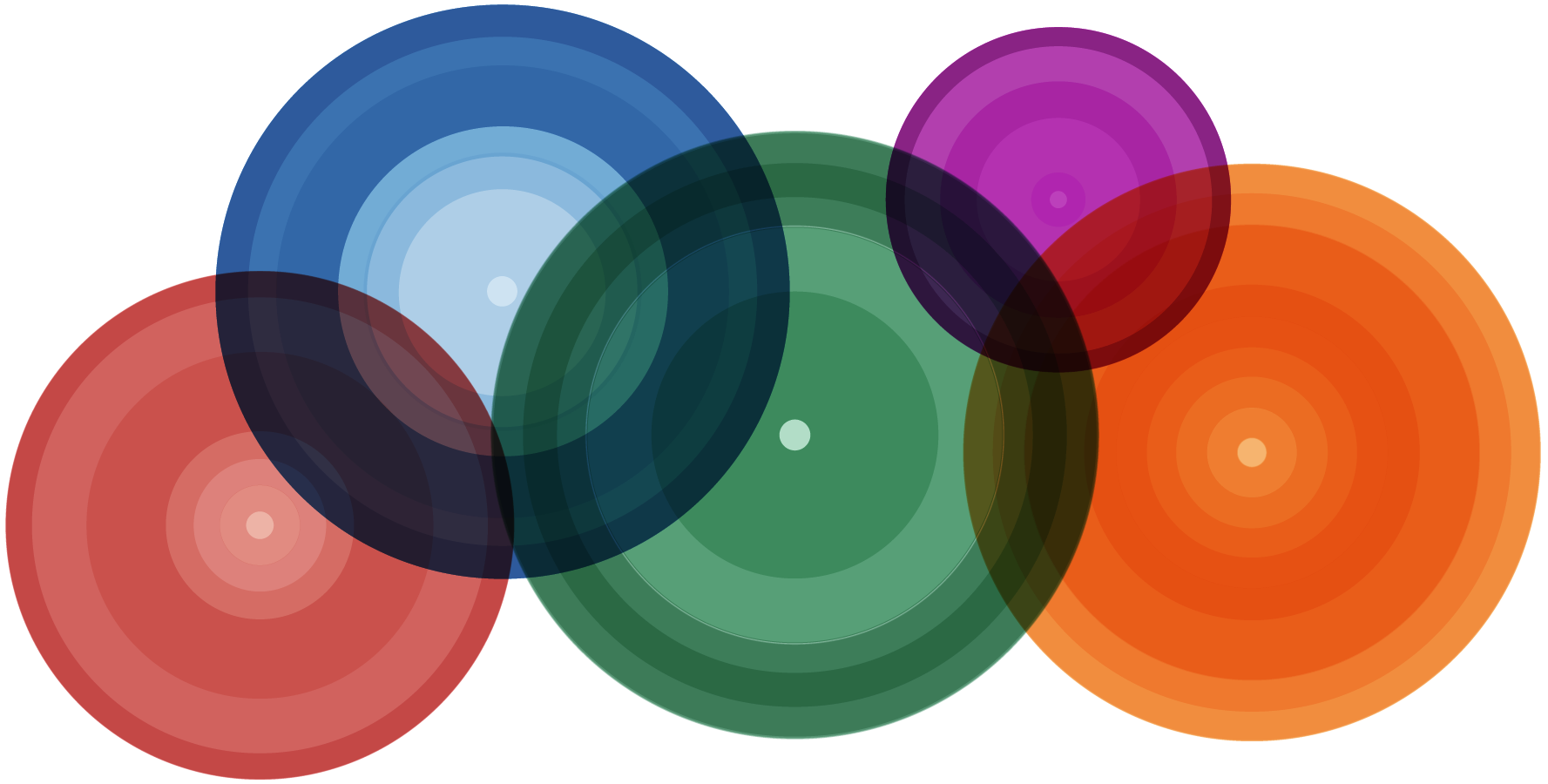
Introducing the Atlas of Emotions HuffPost
The average number of emotions named across the surveys was three: happy, sad and angry. In "Atlas of the Heart," Brown explains that experiencing emotion is a lot more complex than that. The problem is, most of us can't express that complexity. And if we can't talk properly about what we experience, we can't easily make sense of it, or share.
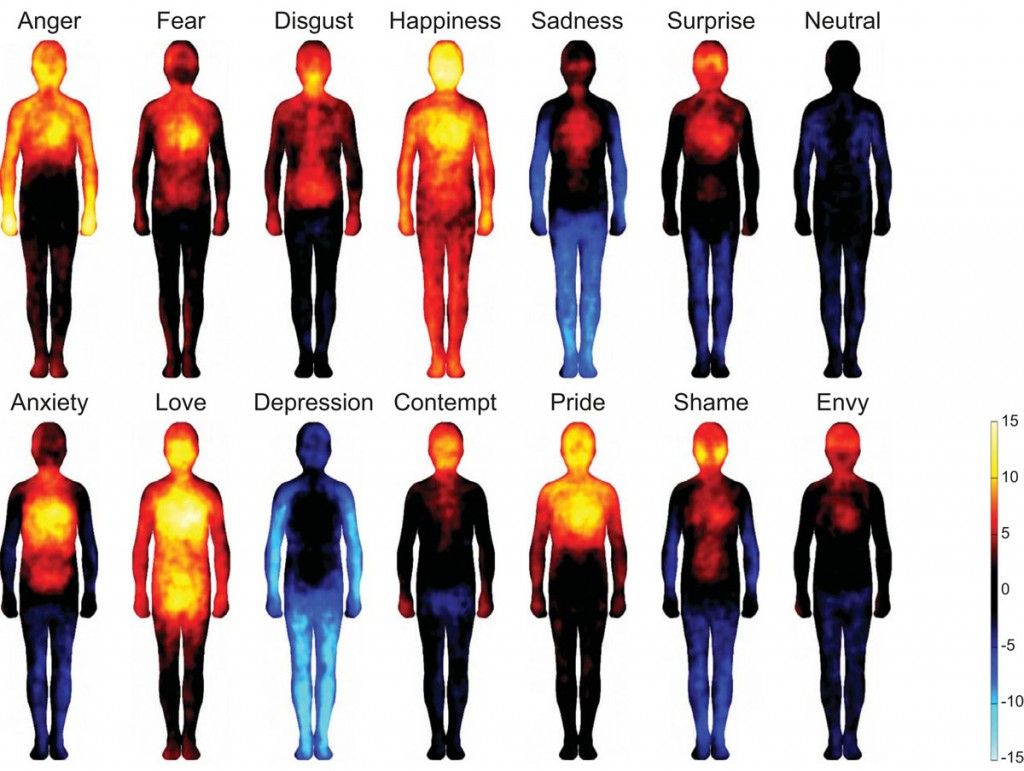
Body atlas reveals where humans show emotions Science of the Spirit
The Atlas represents five emotions as continents, further mapping a number of emotional 'states' within each of those continents. The Atlas of Emotions arose as a result of the friendship between Paul Ekman and the Dalai Lama.
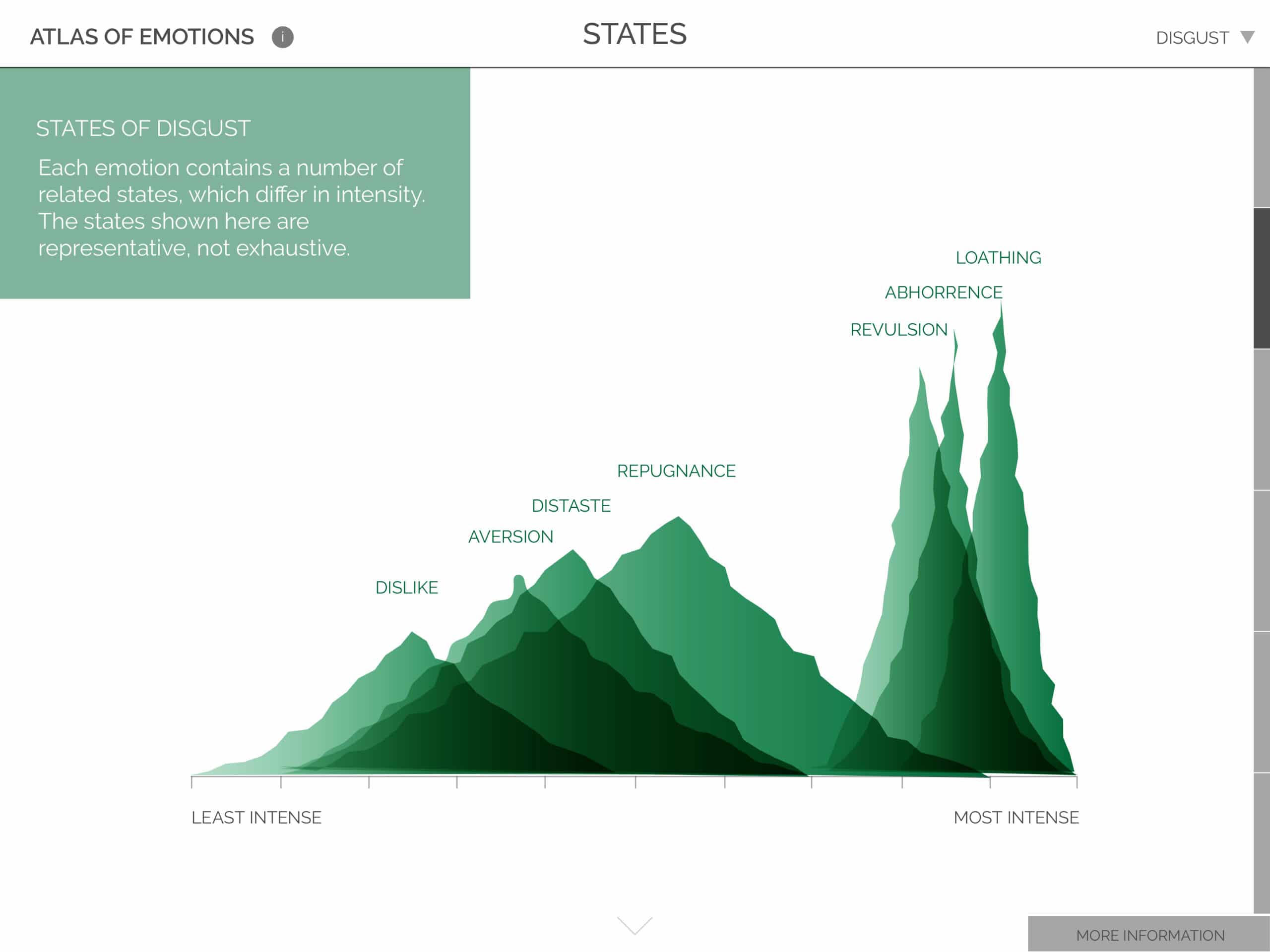
The Atlas of Emotions for the Dalai Lama & Paul Ekman Stamen
Visualizing the science of emotions View Live Project Background After having co-written several books together, the Dalai Lama asked his friend, scientist Dr. Paul Ekman, to design him an Atlas of Human Emotion, and Paul asked us to help him.

Atlas of Emotions > Stamen Design
For the past several years, UCSF Osher Center for Integrative Medicine Research Fellow Dr. Eve Ekman has been collaborating with her father, Dr. Paul Ekman, and the Dalai Lama on their "Atlas of Emotions" project, based on a survey of 248 leading emotion researchers and their consensus about five universal emotions: enjoyment, sadness, disgust, anger, and fear. The Drs. Ekman present their.
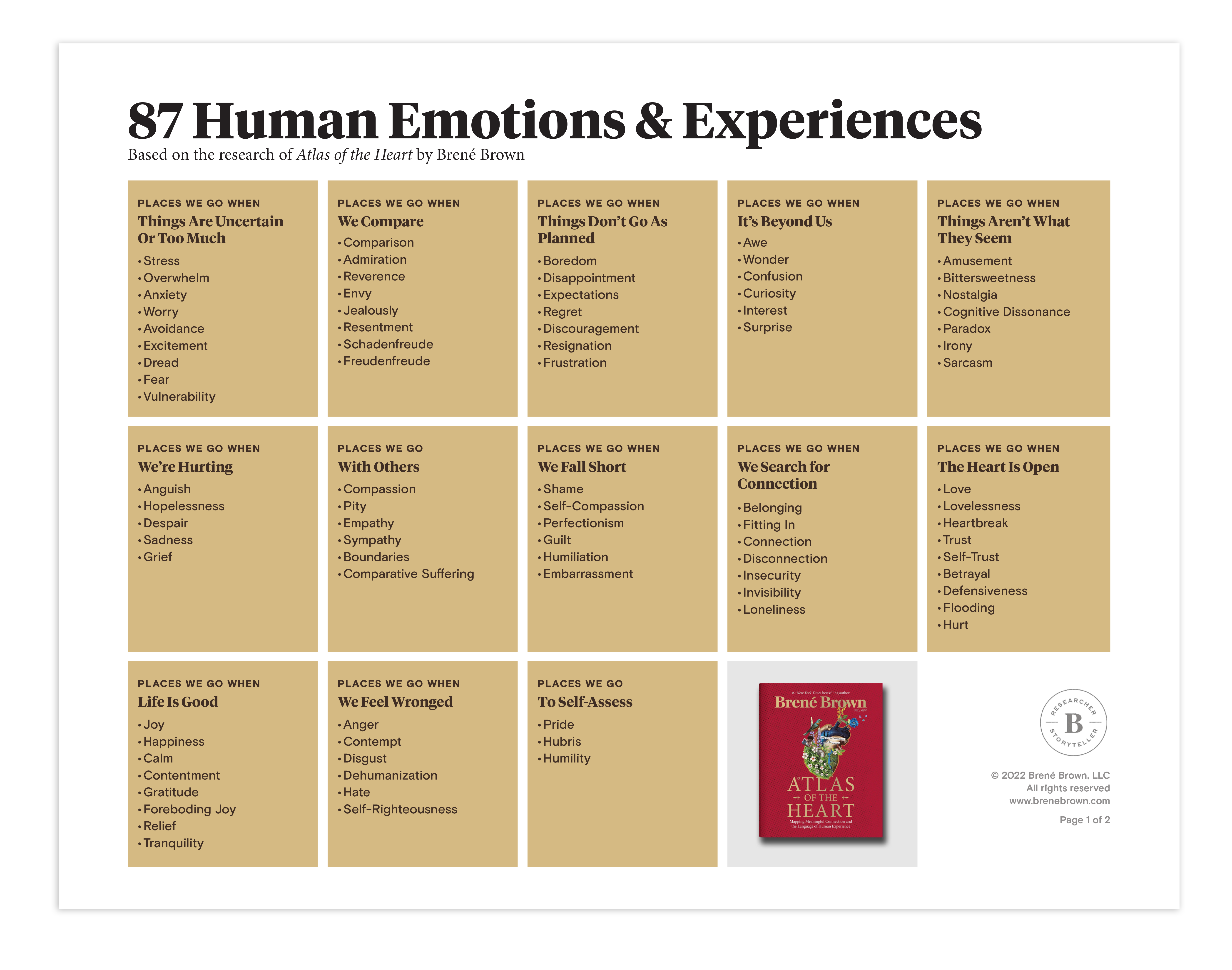
Atlas of the Heart List of Emotions Brené Brown
The Atlas was featured on Saturday, May 7, in the New York Times. The Dalai Lama said that we needed a map to get to the new world and asked whether I could create a map of the emotions, to get a.
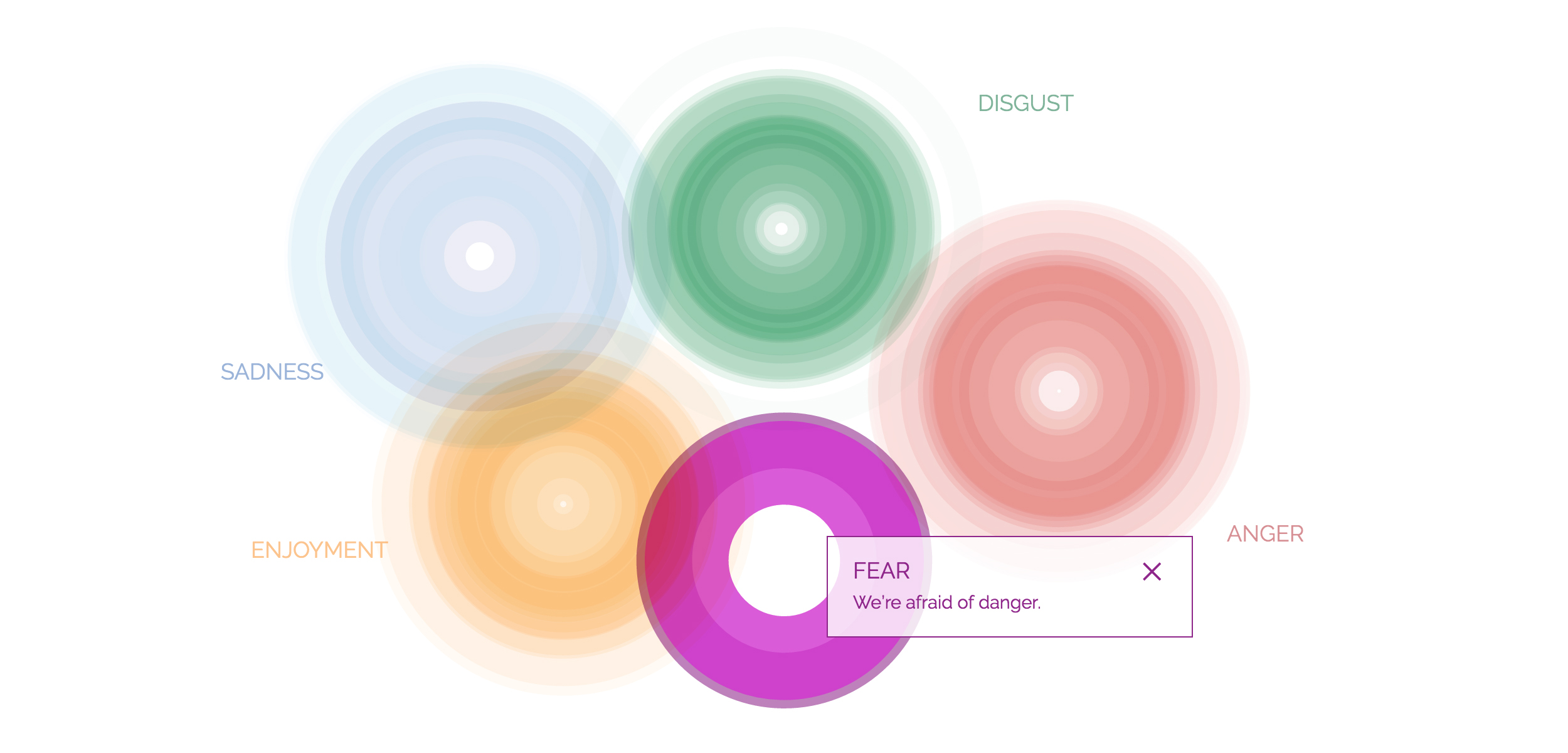
Atlas of Emotions > Stamen Design
We have called it an Atlas because it contains more than one map that allows us to see features of our emotions that may not be apparent to us. It is our hope that the Atlas, available at.
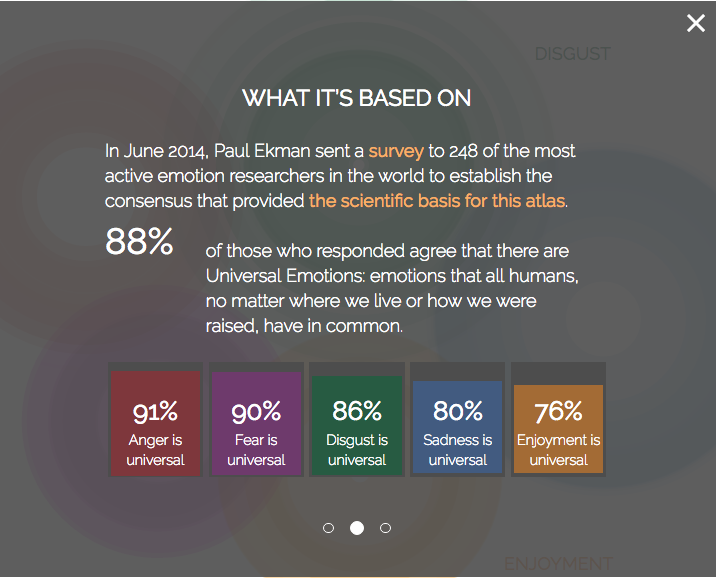
The Atlas of Human Emotions Petersen Voice Studio
Journal scope statement. Emotion publishes significant contributions to the study of emotion from a wide range of theoretical traditions and research domains. The journal includes articles that advance knowledge and theory about all aspects of emotional processes, including reports of substantial empirical studies, scholarly reviews, and major.